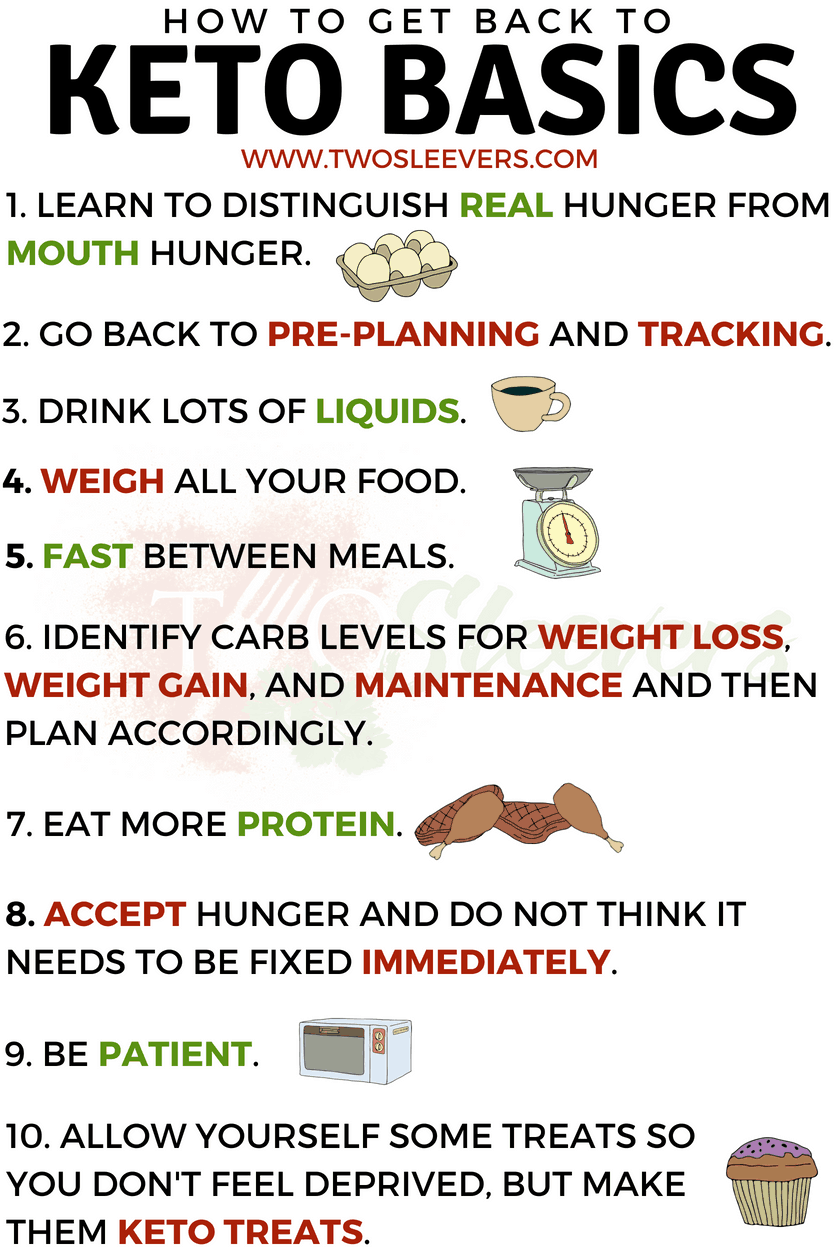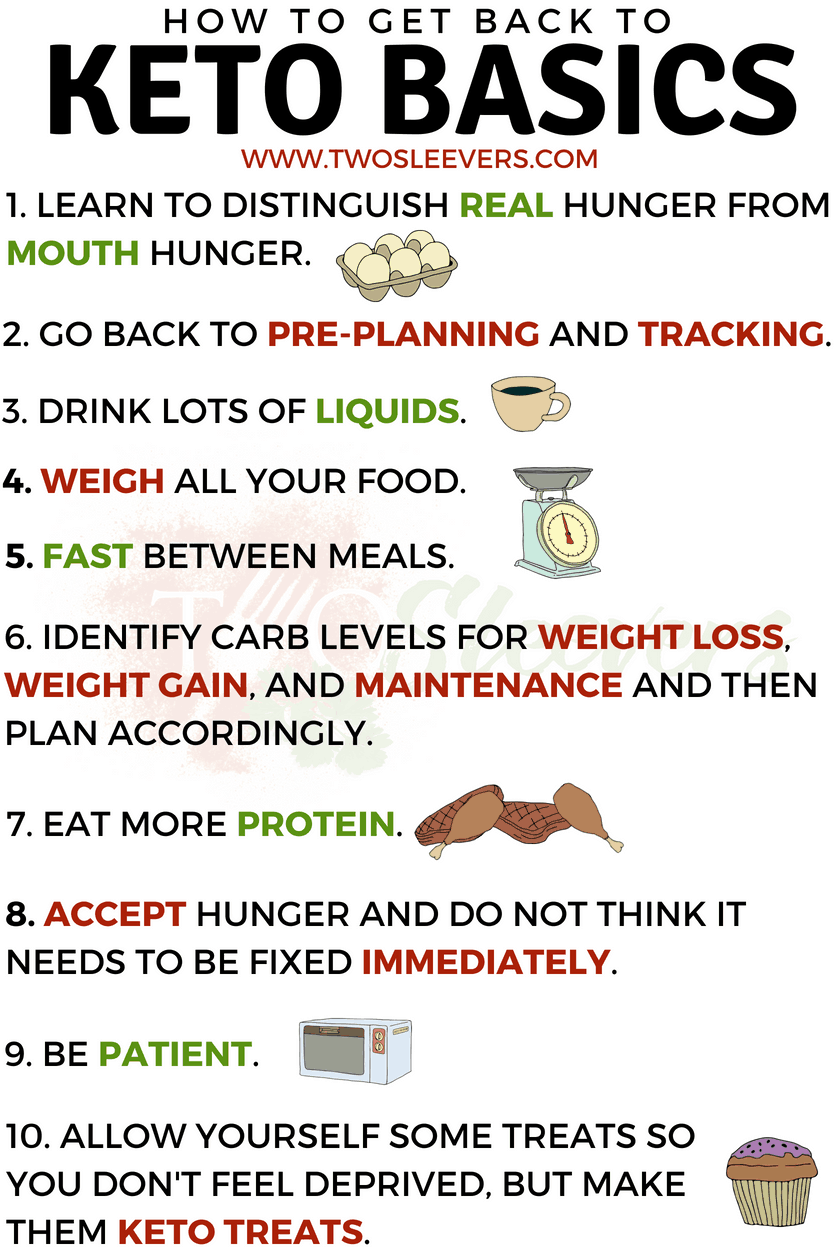Keto Tips How To Get Back On Keto
Imagine the satisfaction of stepping back on the keto wagon after a hiatus. Getting back on track might seem daunting, but it doesn't have to be. With expert strategies and a bit of preparedness, reclaiming your keto lifestyle can be seamless and effective.
Historically, the ketogenic diet was developed in the 1920s as a medical treatment. Fast forward to the present, where about 5% of Americans adhere to this high-fat, low-carb lifestyle for its myriad benefits. Starting with a strict meal plan and rehydration can make the transition smoother.
- Start with a mental reset and set clear goals.
- Plan and prep your meals to ensure they align with keto guidelines.
- Stay hydrated and include electrolytes to prevent the keto flu.
- Incorporate regular exercise into your routine for better results.
- Monitor your macros to maintain ketosis effectively.

Why Choose the Keto Diet Again
The keto diet has a lot to offer when it comes to personal health. You may have experienced significant weight loss and improved energy levels. These results often motivate people to give keto another go.
One major benefit of keto is its ability to stabilize blood sugar levels. For those managing diabetes or pre-diabetes, this can be a game-changer. It helps in reducing insulin spikes and crashes.
Additionally, a keto diet helps in improving mental clarity and focus. Many people report better brain function and less mental fog. This can make everyday tasks easier and more efficient.
Long-term adherence to keto can also promote heart health. Lowering carbohydrate intake reduces bad cholesterol levels. It helps in maintaining a healthy heart and blood vessels.
Preparing for Your Return to Keto
Getting ready to restart your keto journey takes some planning. Preparation can make the transition easier and set you up for success. Mental and physical readiness both play a big role.
Setting Realistic Goals
Start by defining your short-term and long-term goals. Being clear about what you want to achieve keeps you focused. Whether it's weight loss or better energy, specific goals help.
- Understand your current health status
- Set achievable milestones
- Track your progress regularly
Keep your goals visible to stay motivated. Write them down or use an app. It's easier to stick to the plan when you see it every day.
Meal Planning and Preparation
One of the best ways to get back on keto is through proper meal planning. Dedicate some time each week to preparing keto-friendly meals. This way, you won't be tempted to eat off-plan foods.
Planning helps you control what you eat. It reduces the likelihood of grabbing high-carb snacks. Batch cooking can save you time and keep you on track.
- Create a weekly meal plan
- Shop for groceries in advance
- Prepare meals ahead of time
Mental Preparedness
Mental readiness is just as important as physical preparation. Returning to keto requires a strong mindset. Remind yourself why you chose this path.
Think about the benefits you've experienced before. Whether it's weight loss or improved focus, keep those positive outcomes in mind. Stay positive and committed to your goals.
- Identify potential challenges
- Develop coping strategies
- Seek support from others on the same journey
Nutritional Guidelines to Follow
Understanding what to eat is key to a successful keto journey. Focus on high-fat, low-carb foods. These will help you stay in ketosis and reach your goals.
Essential foods you should include are avocados, nuts, and fatty fish. They provide healthy fats and essential nutrients. Don't forget leafy greens for fiber.
Avoid foods high in carbohydrates. These include bread, pasta, and sugary snacks.
- Bread and pasta
- Sugary beverages
- High-carb fruits like bananas
Maintaining the right macronutrient balance is crucial. Keep your carbs below 50 grams per day. Make sure fats make up about 70% of your diet for best results.
Managing Keto Flu Symptoms
Starting a keto diet might lead to uncomfortable symptoms like headaches and fatigue. This phase is often called the "keto flu." It's temporary but can be challenging.
Staying hydrated is crucial during this time. Drink plenty of water to combat dehydration. You can also add electrolytes to your water.
Electrolyte-rich foods can help ease symptoms. Include options like spinach, avocados, and nuts in your diet. These foods replenish lost minerals effectively.
Rest is also important for recovery. When your body is under stress, it needs more sleep. Aim for at least 8 hours each night to help your body adjust.
Avoid intense workouts while experiencing keto flu. Gentle activities like walking or yoga are better options. They help you stay active without over-exerting your body.
- Stay hydrated by drinking water and electrolytes
- Eat foods rich in minerals like spinach and avocados
- Prioritize sleep and rest
- Opt for gentle physical activities
Importance of Hydration and Electrolytes
Maintaining proper hydration is crucial when on a keto diet. Water helps your body function efficiently. It aids in digestion and keeps your skin healthy.
Electrolytes become more important due to the reduction in carbohydrates. Losing carbs leads to a decrease in water retention. Essential minerals like sodium, potassium, and magnesium can get depleted.
- Sodium helps with nerve function and muscle control
- Potassium regulates fluid balance and muscle contractions
- Magnesium supports muscle and nerve function
Signs of electrolyte imbalance include muscle cramps, fatigue, and headaches. Addressing these symptoms is easy. Drink electrolyte-rich fluids or take supplements.
Incorporate foods that help maintain electrolyte levels. Leafy greens, nuts, and seeds are excellent choices. They provide essential minerals while fitting into your keto diet.
Remember to drink water consistently throughout the day. Aiming for at least eight glasses helps maintain hydration. Your overall wellness will improve by keeping hydrated and balanced.
The Role of Physical Activity
Regular physical activity is essential for overall health and well-being. It supports weight loss, strengthens muscles, and improves mood. Combining keto with exercise brings more benefits.
Cardio exercises help burn fat more efficiently. Activities like running, swimming, and cycling are great options. They get your heart rate up and support ketosis.
- Running enhances cardiovascular health
- Swimming offers a full-body workout
- Cycling improves leg strength
Strength training is also valuable on the keto diet. Lifting weights can help maintain muscle mass. It ensures that the weight you lose is primarily fat.
Flexibility and balance exercises should not be overlooked. Yoga and Pilates are excellent choices for this purpose. They improve muscle coordination and reduce injury risk.
Consistency is key in any workout routine. Aim for at least 30 minutes of activity most days of the week. Your body will thank you for it.
Getting Through Keto Plateau
Hitting a keto plateau can be frustrating. It’s a phase where your weight loss stalls despite following the diet strictly. Overcoming this plateau requires some strategic adjustments.
First, consider checking your macronutrient ratios again. Ensure you keep carbohydrates low and maintain a high intake of fats. Sometimes, hidden carbs sneak into meals.
- Reevaluate carbohydrate sources
- Adjust fat intake if needed
- Aim for moderate protein consumption
Next, integrate intermittent fasting into your routine. Fasting helps to break through plateaus by boosting metabolism. You can start with a 16:8 schedule—fasting for 16 hours and eating within an 8-hour window.
Incorporating new workouts is another effective strategy. Your body may have adapted to your current exercise routine. Changing up activities keeps your metabolism active and responsive.
Finally, monitor stress levels as stress can impact weight loss. Practice relaxation techniques such as deep breathing or meditation. Keeping stress in check will help you move past the plateau.
Making the Keto Diet a Sustainable Lifestyle
Sustaining a keto diet long-term takes dedication and smart choices. Balancing variety and consistency is key to making this diet a lifelong habit. Start by exploring different keto-friendly foods and recipes.
Consistency doesn't mean boredom. Rotate various high-fat, low-carb foods to keep your meals exciting. Experiment with herbs and spices to enhance flavors without added carbs.
- Try new recipes regularly
- Incorporate seasonal vegetables
- Use different cooking methods
Social support plays an important role. Join keto communities or find friends who are also on the keto journey. Sharing experiences and tips can make the process easier and more enjoyable.
Meal prepping can save time and reduce stress. Cook in batches on weekends and store meals for the week. This habit ensures you have healthy options available, minimizing the temptation to cheat.
Finally, listen to your body and make adjustments as needed. Each person’s keto journey is unique. Stay flexible and adapt your diet and lifestyle to what works best for you.
Frequently Asked Questions
The keto diet has grown in popularity due to its effectiveness in weight loss and other health benefits. Below are answers to some common questions about getting back on track with a keto lifestyle.
1. What should I do if I accidentally eat carbs on a keto diet?
If you consume carbs accidentally, don't panic. It's essential to get back on track as quickly as possible. Drink plenty of water to help flush out the excess glucose from your system. Getting active can also help burn off the extra carbs more quickly.
Returning to strict keto guidelines will help re-enter ketosis faster. Focus on high-fat, low-carb meals to restore your state of ketosis promptly. Remember, one slip doesn’t mean failure; consistency is key in long-term success.
2. How long does it take to enter ketosis after restarting?
Entering ketosis varies for each individual but generally takes between 2-4 days if carb intake is kept below 50 grams per day. People with higher physical activity levels might find they reach ketosis even sooner due to faster glycogen depletion.
Stay patient and monitor your ketone levels through testing strips or meters if necessary. Keeping close adherence to the diet will ensure a smooth transition back into ketosis, bringing quicker results and benefits.
3. Can exercise help me get back into ketosis faster?
Yes, regular exercise can facilitate quicker entry into ketosis by depleting glycogen stores in muscles and liver more rapidly, helping the body resort to fat for fuel sooner. High-intensity exercises tend to be particularly effective at this process.
A mix of strength training and cardio can yield optimal results while restarting your keto journey. Always listen to your body and adjust workouts accordingly if experiencing fatigue or other symptoms related to dietary changes.
4. What types of foods should I focus on when getting back into keto?
Your primary focus should be on foods that are high in healthy fats but low in carbohydrates such as avocados, nuts, seeds, oils like olive oil or coconut oil, fatty fish like salmon and mackerel, and grass-fed meats.
Leafy greens and non-starchy vegetables also play a crucial role by providing essential nutrients without kicking you out of ketosis due to their low-carb content. Incorporating these foods consistently supports both nutritional needs and diet goals effectively.
5 How can I track my progress on the keto diet?
You can monitor various metrics such as weight loss, body measurements (like waist circumference), energy levels throughout the day, mental clarity improvements over time using simple tracking methods or dedicated apps available for smartphones focusing on ketogenic lifestyles specifically.
Keto-specific urine test strips/blood meters allow precise measurement of blood/urine ketones aiding fine-tuning efforts ensuring optimal states continually adhered keeping motivational factors bolstered significantly aiding sustaining longer-term commitments beneficially impacting ensuring ongoing lifestyle adaptations suitably managed competently
Final ThoughtsGetting back on the keto diet doesn't have to be overwhelming. With proper planning and a positive mindset, the transition can be smooth and effective. Remember, setbacks are normal and can be managed.
Focus on high-fat, low-carb foods and stay hydrated. Incorporate regular exercise and monitor your progress to stay motivated. By following these steps, you can enjoy the long-term benefits of the keto lifestyle.
